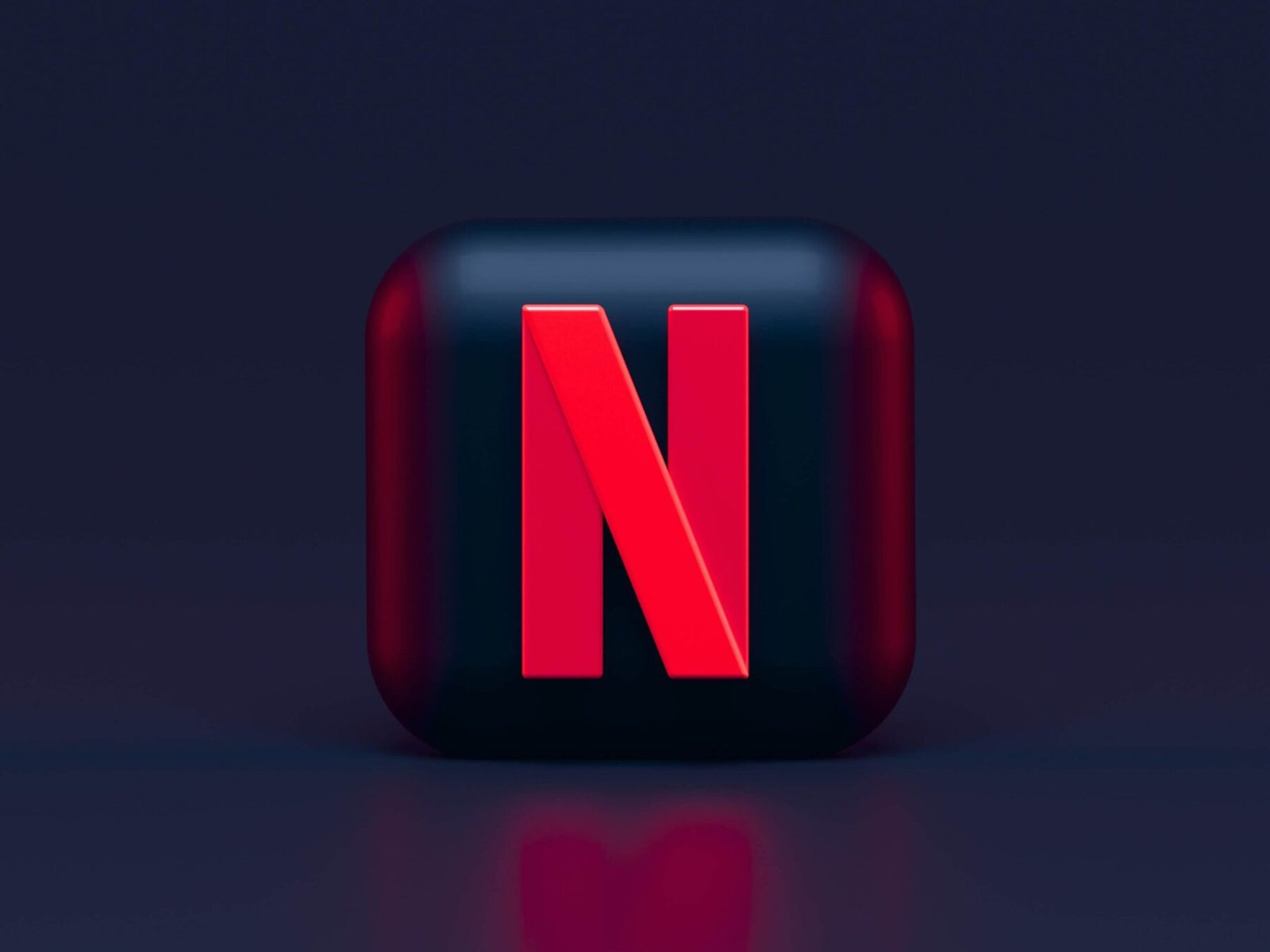Would You like a feature Interview?
All Interviews are 100% FREE of Charge
Flare, a layer 1 Ethereum Virtual Machine (EVM) blockchain, went live on January 10 after launching two core protocols for distributed interoperability applications. Blockchain networks enable developers to create interoperable applications across various blockchain ecosystems and internet platforms.
Less than a month later, on March 2nd, Flare introduced Sparkles, a non-fungible token (NFT) platform, to its layer 1 oracle network.
According to the announcement, the main goal of the Sparkles NFT platform is to refine the interoperability of the native Flare protocol and increase the use cases for NFT utilities.
The NFT platform has plans to target other key issues in this space, such as intellectual property (IP) rights, by granting on-chain IP licenses to future collections. Sparkles also plans to decentralize its core technology and infrastructure after moving to DAO.
Since launching on Flare’s canary network, Songbird, in January 2022, Sparkles has processed 90% of NFT sales, representing $3.5 million in sales. We currently host over 3,200 collections.
Related: New Oracle System to Help DApps Recover Millions of Dollars Lost to MEVs
Additionally, in 2021 Sparkles joined the Crypto Climate Accord, pledging to be net zero by 2023. The platform reports that it has achieved an environmentally positive status via on-chain decommissioned carbon credits via the Toucan Bridge.
Interoperability is a big theme for the decentralized space moving forward in 2023. Scalability and helping onboard more users is one of the primary focuses of many companies and communities in the space. New tools such as trustless bridges are being implemented to create more secure options for implementing interoperable solutions.
The Web3 Domain Alliance recently expanded with 51 new members, and has since named interoperability as one of its main focuses this year.


































